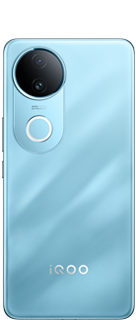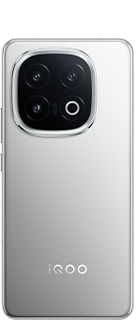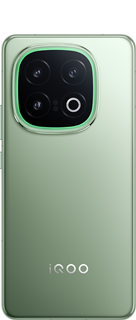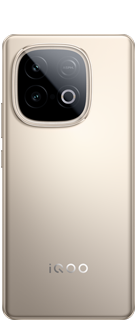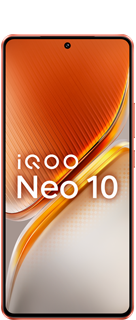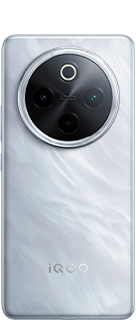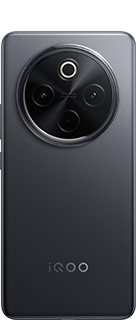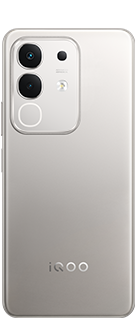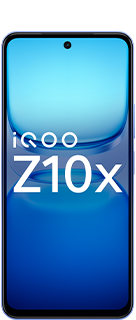Powering Up Smart: Understanding PPS and PD Charging Technology
In the rapidly evolving world of mobile devices, "fast charging" has become a buzzword, and for good reason. Nobody wants to be tethered to a wall socket for hours. While various fast charging standards exist, two prominent technologies, USB Power Delivery (PD) and Programmable Power Supply (PPS), are at the forefront, working together to deliver more efficient and safer power to our beloved gadgets.

USB Power Delivery (PD): The Universal Standard
USB Power Delivery, or simply PD, is a universal fast charging standard developed by the USB Implementers Forum (USB-IF).1 Its primary goal is to provide a standardized, high-power charging solution across a wide range of devices, from smartphones and tablets to laptops and even some monitors.

Unlike older USB charging methods that were limited to a fixed 5V, USB PD breaks this barrier by enabling higher fixed voltage levels, typically 5V, 9V, 15V, and 20V.3 More recent iterations, like USB PD 3.1, even extend this to 28V, 36V, and 48V, allowing for power delivery up to a staggering 240W.4 This means a single USB-C charger can potentially power everything from your phone to a gaming laptop.
The magic of PD lies in the "handshake" between the charger and the device. When connected, they communicate to negotiate the optimal power profile for charging.5 If your laptop needs 60W, and the charger can provide it, they'll agree on a combination of voltage and current to deliver that power. This flexibility is a significant improvement over proprietary charging solutions, promoting compatibility and reducing cable clutter.

Programmable Power Supply (PPS): The Smart Evolution of PD
While USB PD offers impressive fixed voltage steps, it's PPS that takes charging intelligence to the next level. PPS, or Programmable Power Supply, is an advanced feature introduced as an extension of the USB PD 3.0 standard in 2017.7 It's not a standalone charging protocol but rather an enhancement that works within the USB PD framework.
The key differentiator of PPS is its ability to dynamically adjust the voltage and current in real-time, typically in tiny increments (20mV for voltage and 50mA for current).9 Imagine a traditional charger as a tap with only a few preset flow rates – low, medium, or high. PPS, on the other hand, is like a smart tap that continuously fine-tunes the water flow based on the exact needs of the device.
This real-time communication and adjustment offer several significant benefits:
- Improved Efficiency:ved Efficiency: By delivering only the precise power requird, PPS minimizes energy conversion losses, which translates to less wasted energy and more efficient charging.
- Reduced Heat Generation:ced Heat Generation: Excessive heat is the enemy of batter longevity and charging speed.11 PPS's dynamic adjustments help keep the device cooler during charging, preventing thermal throttling and extending the battery's lifespan.
- Faster Charging:r Charging: By optimizing power delivery, PPS can often achiee faster charging speeds, especially during the crucial initial and final stages of a charge cycle, without compromising battery health.
- Enhanced Battery Longevity:nced Battery Longevity: Less heat and more precis power delivery reduce stress on the battery, contributing to a longer overall battery lifespan.
- Wider Compatibility: Compatibility: While a device needs to explicitly support PPS t take full advantage of its benefits, a PPS-enabled charger will still function as a standard PD charger for non-PPS devices.

How PPS and PD Work Together?
Think of PD as providing the foundation for high-power USB-C charging, offering various fixed power profiles. PPS then builds upon this foundation by adding a layer of intelligent, granular control. A charger with PPS support is still a PD charger, but a more advanced one.
For devices that support PPS, such as many high-end Samsung Galaxy and Google Pixel smartphones, the charger and device constantly communicate.17 The device requests specific voltage and current levels based on its battery's charge state, temperature, and other factors.18 The PPS charger then adjusts its output to match these precise requests, leading to the most optimal and efficient charging experience possible.
The Future of Charging
The combination of USB Power Delivery and Programmable Power Supply represents a significant leap forward in charging technology. As our devices become more powerful and our lives more mobile, efficient and safe charging solutions are paramount.
With PPS, we're moving towards a future where charging isn't just fast, but also smarter, cooler, and ultimately, better for our devices' longevity. When choosing your next charger or device, looking for USB PD with PPS support is a clear indicator of a superior charging experience.
Please sign in
Login and share
